Home>Dining>Table Decor>How To Make Grave Floral Arrangements
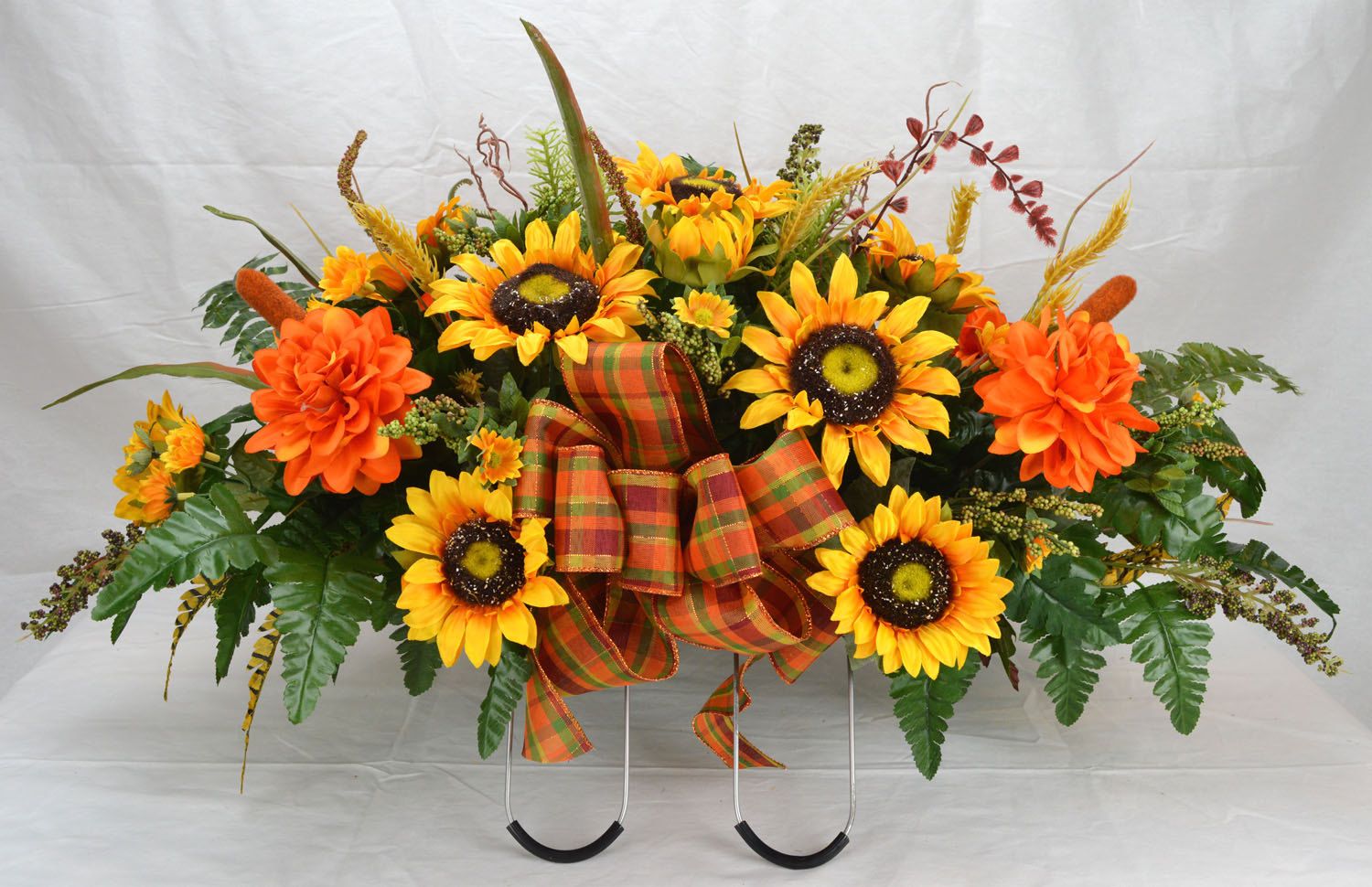

Table Decor
How To Make Grave Floral Arrangements
Modified: December 7, 2023
Learn how to create stunning table decor with grave floral arrangements. Discover tips, ideas, and step-by-step guides for designing beautiful centerpieces.
(Many of the links in this article redirect to a specific reviewed product. Your purchase of these products through affiliate links helps to generate commission for Storables.com, at no extra cost. Learn more)
Introduction
Welcome to the world of table décor! Whether you are planning an elegant dinner party, a romantic meal for two, or simply want to add a touch of beauty to your everyday dining experience, table decorations can make all the difference. Among the many options available, floral arrangements are a timeless and versatile choice. Not only do they bring nature indoors, but they also create a visually appealing centerpiece that can set the tone for any occasion.
When it comes to floral arrangements, there are countless possibilities to explore. From small, delicate posies to grand, cascading bouquets, you can tailor your creation to suit your personal style and the atmosphere you want to create. In this article, we will guide you through the process of making a stunning and eye-catching floral arrangement for a dining table.
The key to a successful floral arrangement lies in careful planning and attention to detail. From selecting the right flowers to choosing the perfect container and arranging the blooms in an aesthetically pleasing manner, each step has its significance. So, let’s dive in and discover how to make a beautiful table centerpiece that will impress your guests and elevate your dining experience.
Key Takeaways:
- Elevate your dining experience with stunning floral arrangements that captivate and impress. From choosing the right flowers to adding final touches, create a visually appealing centerpiece for any occasion.
- Infuse elegance and beauty into your dining experiences through the art of floral arrangement. Let your creativity flow and make a statement with unique and personalized centerpieces that elevate the ambiance.
Read more: How To Make Hydrangea Floral Arrangements
Choosing the Right Flowers
When it comes to choosing the right flowers for your table centerpiece, it’s essential to consider the occasion, theme, and color scheme. Start by determining the mood you want to create. Do you want a vibrant and energetic arrangement or a more subdued and elegant one?
Consider the seasonality of the flowers. Opting for blooms that are in season ensures their freshness and availability. Good options for year-round arrangements include roses, lilies, carnations, and gerbera daisies. Seasonal flowers, such as tulips in spring or sunflowers in summer, can add a special touch to your centerpiece.
Think about the color palette of your dining area or the theme of your event. Choose flowers that complement or contrast with the surroundings. For a classic and timeless look, a monochromatic arrangement using flowers in the same color family can be incredibly impactful. If you want a more vibrant and eclectic display, choose a mix of complementary or contrasting colors.
Consider the size and shape of the flowers as well. Large blooms like hydrangeas and peonies can make a bold statement, while smaller flowers like baby’s breath or daisies can add delicate charm. Mixing different sizes and textures can create a visually interesting arrangement.
Lastly, think about the longevity of the flowers. Some blooms, like roses and carnations, have a longer vase life, making them ideal for a centerpiece that will stay fresh for several days. Others, like lilies and irises, may have a shorter lifespan but can make a stunning impact during their peak.
By choosing the right flowers based on these considerations, you can create a table centerpiece that not only looks visually appealing but also harmonizes with the overall ambiance of your dining experience.
Selecting a Container
Once you have chosen the perfect flowers for your table centerpiece, it’s time to select a suitable container to showcase them. The container you choose will not only hold the flowers but also contribute to the overall aesthetic of the arrangement.
When selecting a container, consider the size and shape of the arrangement you want to create. If you are going for a compact and rounded design, a small and low container, such as a vase or a shallow bowl, would work well. For taller and more dramatic arrangements, opt for a taller vase or a decorative urn.
The material and color of the container should also be taken into account. Glass or clear plastic containers can create an illusion of floating flowers and are versatile enough to match any color scheme or theme. Ceramic or pottery containers can add a rustic or vintage touch, while metallic or mirrored containers can bring a modern and glamorous feel.
Consider the style of your dining area or the occasion you are planning for. A sleek and minimalist container may be perfect for a contemporary dinner setting, while a woven basket or a wooden box can be more suitable for a casual or rustic-themed event.
Don’t be afraid to get creative with your choice of container. Think outside of the box and consider unconventional options such as teapots, mason jars, or even a hollowed-out pumpkin for a festive fall arrangement.
Remember that the container should enhance the beauty of the flowers without overpowering them. It should provide stability and support for the arrangement while serving as a visually appealing element on its own.
By carefully selecting a container that aligns with the style, theme, and size of your floral arrangement, you can elevate the overall presentation and create a centerpiece that truly stands out.
Preparing the Grave Site
When it comes to honoring our loved ones who have passed away, creating a beautiful floral arrangement at their gravesite can be a meaningful and comforting gesture. Before you begin arranging the flowers, it’s important to prepare the grave site properly to ensure the arrangement stays intact and looks its best.
First, make sure you have any necessary permissions or permits to place flowers or decorations at the gravesite. Different cemeteries may have their own rules and guidelines, so it’s important to check with the cemetery staff beforehand.
Start by cleaning the area around the grave. Remove any old or wilting flowers, debris, or weeds. Wipe down the headstone or marker to ensure it’s clean and ready for the arrangement.
If the ground is hard or dry, consider watering the area before placing the flowers. This will help the soil become more receptive to the floral arrangement and prevent excessive drying or wilting.
Some gravesites may have a permanent vase or container already installed. If this is the case, clean out any debris or old water and make sure the vase is sturdy and secure.
If there is no permanent vase, you can bring your own container or floral foam to hold the arrangement. Make sure the container is stable and won’t be easily knocked over by wind or other factors.
Before placing the flowers, it’s a lovely gesture to also leave a small memento or token of remembrance, such as a photo, a meaningful object, or a heartfelt note. This adds a personal touch to the gravesite and can provide comfort to those visiting.
Once the gravesite is prepared and ready, you can proceed to arrange the flowers. Take your time and arrange the flowers with care and intention, creating a beautiful memorial that honors the memory of your loved one.
Remember to periodically visit the gravesite to ensure the arrangement is well-maintained. Remove any wilted flowers or debris and replace them as needed. This will ensure that your heartfelt tribute remains fresh and beautiful for as long as possible.
Creating a stunning floral arrangement at the grave site is a heartfelt way to honor and remember your loved ones. By preparing the grave site properly and maintaining the arrangement, you can pay tribute to their memory and find solace in the beauty and symbolism of the flowers.
Preparing the Flowers
Before you start arranging your flowers for a table centerpiece or any other display, it’s crucial to properly prepare them to ensure their longevity and freshness. Taking a few simple steps can make a significant difference in the lifespan and overall appearance of your floral arrangement.
Start by trimming the stems of your flowers. Using a sharp, clean pair of floral shears or pruning scissors, cut the stems at a 45-degree angle. This angled cut increases the surface area for water absorption, allowing the flowers to drink more effectively and remain hydrated.
If you have purchased or picked the flowers yourself, remove any leaves that will be below the waterline in your vase or container. These submerged leaves can start to decay, leading to bacteria growth and a shorter lifespan for your arrangement.
Once the stems are trimmed and leaves removed, it’s time to place the flowers in water. Fill a clean vase or container with room temperature water and add floral preservative. Floral preservative helps extend the life of your flowers by providing essential nutrients and inhibiting bacterial growth.
Allow the flowers to hydrate in the water for a few hours or overnight before starting the arrangement. This will help revive any wilted blooms and ensure they are at their freshest and most vibrant state.
While the flowers are hydrating, you can also prepare any additional materials you plan to use in the arrangement, such as floral foam, tape, or wire. These materials can provide support and stability for your flowers and help you achieve the desired shape and design.
Properly preparing your flowers before arranging them ensures that they will not only look their best but also have an extended lifespan. By taking the time to trim the stems, remove excess foliage, and provide them with water and nutrients, you lay the foundation for a stunning and long-lasting floral arrangement.
Remember to refresh the water in your vase every few days and trim the stems slightly to keep the arrangement looking fresh. With these steps in mind, you are ready to move on to the fun part: creating a beautiful table centerpiece or display that will captivate and delight!
Read more: How To Make Easter Floral Arrangements
Creating the Base Arrangement
Now that you have prepared your flowers, it’s time to start arranging them to create the base of your centerpiece. The base arrangement serves as the foundation for your overall design and sets the structure for adding additional elements.
Begin by selecting a focal flower or a few larger blooms that will be the centerpiece of your arrangement. These flowers will draw the most attention and create a focal point. Place them in the center of your container, ensuring that they are at the desired height and angle.
Next, start adding secondary flowers around the focal blooms. These flowers should complement the focal flowers, but not overpower them. Spread them evenly throughout the arrangement, creating a balanced and visually pleasing display. Consider using flowers of different colors, shapes, and sizes to add dimension and interest.
If you’re using floral foam, you can insert the stems directly into the foam to secure them in place. If you don’t have foam, you can use clear floral tape to create a grid over the mouth of the container. This grid will provide support and help hold the flowers in position.
As you place each flower, step back and assess the arrangement from different angles. Make any necessary adjustments to ensure the overall shape is symmetrical and visually appealing. Remember to vary the heights of the flowers for added dimension and to keep the arrangement interesting from all angles.
Continue building the base arrangement by adding filler flowers, such as baby’s breath or statice. These smaller flowers help fill in the gaps between the focal and secondary blooms and add a delicate, airy quality to the arrangement.
Take your time and experiment with different positioning and combinations of flowers until you are satisfied with the base arrangement. This base will serve as the foundation for adding additional elements that will enhance the overall look and complete your centerpiece.
By creating a well-balanced and visually appealing base arrangement, you set the stage for a stunning centerpiece that will draw admiration and attention. Now, it’s time to move on to the next step and add focal flowers to elevate your arrangement to the next level.
When making grave floral arrangements, consider using hardy flowers and greenery that can withstand outdoor conditions. Secure the arrangement in a weighted vase to prevent it from tipping over in the wind.
Adding Focal Flowers
With the base arrangement in place, it’s time to add the focal flowers that will take your centerpiece to the next level. These focal flowers will become the main attraction and draw the eye to the centerpiece.
Choose focal flowers that are larger and more striking than the secondary blooms already in the arrangement. These flowers can be a different color or shape to create contrast and make them stand out. Popular choices for focal flowers include roses, lilies, sunflowers, or orchids.
Place the focal flowers strategically throughout the arrangement, focusing on areas that need a visual anchor or a pop of color. Position them slightly higher than the secondary blooms to give them prominence. This height difference will create a dynamic look and draw attention to the focal flowers.
Consider asymmetry when placing the focal flowers to add interest. For example, if the base arrangement is more rounded, place a single focal flower slightly off-center to create visual tension and a more dynamic composition.
As you add the focal flowers, evaluate the arrangement from different angles and adjust the positioning as needed. Step back and assess the overall balance and impact of the focal flowers on the arrangement. Make any necessary tweaks to ensure they are enhancing the beauty of the centerpiece.
Keep in mind that less is often more when it comes to focal flowers. Depending on the size of your arrangement, one or two well-placed focal flowers can make a powerful statement. Avoid overcrowding the arrangement with too many focal blooms, as it can take away from the impact of each individual flower.
Once the focal flowers are in place, step back and admire the transformation of your centerpiece. The addition of these striking blooms has elevated the arrangement and created a visual focal point that captures attention.
With the focal flowers securely positioned, it’s time to move on to the next step and add filler flowers to provide depth and texture to your floral masterpiece.
Incorporating Filler Flowers
Now that you have the base arrangement and the focal flowers in place, it’s time to add filler flowers to enhance the depth and texture of your centerpiece. Filler flowers play a vital role in creating a well-balanced and visually appealing arrangement by filling in any empty spaces and adding a delicate touch.
Filler flowers are typically smaller and more delicate in appearance. They can include blooms like baby’s breath, statice, wax flowers, or Queen Anne’s lace. These flowers often have a dainty and airy quality, which adds a soft and romantic element to the centerpiece.
Start by inserting the filler flowers into the gaps between the larger blooms. Bunch them together in small clusters or sprinkle them evenly throughout the arrangement, depending on the desired effect. The goal is to create a natural and effortless look, as if the flowers have naturally fallen into place.
Consider the color of the filler flowers and how they complement or contrast with the other blooms in the arrangement. You can opt for neutral-colored fillers to create a soft and pastel aesthetic, or choose vibrant fillers to add a pop of color and excitement.
Take your time and assess the arrangement from different angles as you add the filler flowers. Step back and make any necessary adjustments to ensure a harmonious balance and ensure that no area looks overcrowded or sparse.
Remember that filler flowers not only fill in the gaps but also add movement and dimension to the arrangement. Their delicate stems and lighter foliage can create a sense of movement and levity, adding visual interest to the centerpiece.
Don’t be afraid to experiment and try different combinations of filler flowers. You can mix different types of filler flowers together or choose a single type for a more uniform look. Play around with their placement until you achieve the desired effect.
Once the filler flowers are incorporated, step back and admire the beauty of your arrangement. The addition of these delicate blooms has brought a sense of fullness and a touch of whimsy, completing the overall look of your centerpiece.
With the filler flowers gracefully incorporated, it’s time to move on to the next step: adding greenery and texture to provide the finishing touches to your floral masterpiece.
Adding Greenery and Texture
Adding greenery and texture is the next step in creating a well-rounded and visually captivating floral arrangement. Greenery not only adds depth and dimension but also serves as a beautiful backdrop for the blooms, enhancing their colors and shapes. Texture, on the other hand, adds interest and visual appeal, making the arrangement more visually engaging.
Start by selecting a variety of foliage and greenery to incorporate into your arrangement. This can include ferns, eucalyptus, ivy, or even branches with small leaves. These greens will provide a lush and natural base for your centerpiece.
Begin by placing greenery around the outer edges of the arrangement. This creates a frame and structure for the flowers, giving them a defined shape. Then, add smaller sprigs or leaves throughout the arrangement to fill in any gaps and create a cohesive and fluid look.
Consider the shape and size of the greenery as you place them. Varying the length and direction of the foliage adds movement and visual interest to the arrangement. Allow some of the foliage to cascade gracefully over the sides of the container or arrangement, creating a soft and organic look.
Texture is also essential in adding visual interest to the arrangement. Consider incorporating textural elements such as berries, pods, or branches with interesting shapes. These elements can be tucked in between the flowers and foliage, adding an unexpected and intriguing touch to the centerpiece.
As you add greenery and texture, step back and assess the arrangement from different angles. Make any necessary adjustments to ensure a harmonious balance and that no particular area looks overloaded or sparse.
Remember that greenery and texture serve as complementary elements to the blooms in the arrangement. They shouldn’t overpower the focal flowers or filler blooms but rather enhance their beauty and provide a cohesive and visually captivating display.
With the greenery and texture incorporated, take a moment to appreciate the transformation of your floral arrangement. The addition of foliage and textural elements has brought a sense of depth, movement, and natural beauty to your centerpiece.
Now that your arrangement is almost complete, it’s time to move on to the final step: securing the arrangement to ensure it stays in place and looks its best.
Read more: How To Make Bows For Floral Arrangements
Securing the Arrangement
Securing your floral arrangement is crucial to ensure that it stays in place and looks its best throughout the duration of your event or gathering. By taking a few simple steps, you can prevent any mishaps and keep your centerpiece intact.
Start by checking the stability of your container or vase. Ensure that it is sturdy and won’t easily tip over. If needed, you can place a small piece of double-sided tape or a non-slip pad underneath the container to provide extra stability.
If you’re using a floral foam base, make sure it is securely placed inside the container and fits snugly. You can use clear floral tape to create a grid over the foam, anchoring the stems in place and preventing them from shifting.
To ensure that the arrangement stays in place, you can insert floral picks or wooden picks through the stems of the flowers and into the floral foam or container. This added support keeps the flowers securely anchored and prevents them from moving or falling out of place.
If you’re using larger or heavier blooms, you may need to use floral wire for extra reinforcement. Wrap a piece of floral wire around the stem and insert the wire into the foam or container for added support.
Be mindful of any delicate or fragile flowers or foliage in your arrangement. Take extra care when securing them to avoid damaging their delicate petals or leaves.
Once you have secured the arrangement, gently shake or tap it to test its stability. Make any necessary adjustments or reinforcements to ensure everything remains securely in place.
By taking the time to secure your arrangement properly, you can have peace of mind knowing that it will stay intact and beautifully presented throughout your event. This allows you and your guests to fully enjoy the beauty and ambiance of the floral centerpiece.
With the arrangement securely in place, it’s time to add the final touches and make sure it looks polished and well-maintained throughout the event.
Final Touches and Maintenance
Adding the final touches and properly maintaining your floral arrangement is essential to ensure that it remains fresh, beautiful, and long-lasting. By following a few simple steps, you can keep your centerpiece looking its best throughout your event or gathering.
First, inspect the arrangement and make any necessary adjustments. Step back and evaluate the overall composition, making sure that everything is balanced and visually appealing. Pay attention to any areas that may need additional flowers, greenery, or filler to fill in gaps or create a more cohesive look.
Trim any wilted or damaged blooms or foliage from the arrangement. This helps maintain the overall freshness and prevents any decaying flowers from affecting the rest of the arrangement.
Check the water level in your vase or container regularly. If the water becomes cloudy or starts to smell, it’s time to replace it with fresh water. To extend the lifespan of your flowers, add floral preservative to the water each time you change it.
Strip any foliage that will be submerged in water to avoid bacterial growth. Keeping the water clean and free from debris helps maintain the overall health of the arrangement.
Place the arrangement in a cool location away from direct sunlight, heat sources, or drafts. Exposure to extreme temperatures can cause flowers to wilt more quickly.
Mist the flowers with water using a spray bottle to keep them hydrated. Some flowers, like roses or orchids, benefit from misting to maintain their freshness and prevent them from drying out.
Periodically remove any wilted or faded flowers from the arrangement and replace them with fresh ones. This helps maintain the overall integrity and visual appeal of the centerpiece.
Take a moment to appreciate the beauty of your floral centerpiece and the impact it brings to your event or gathering. Your attention to detail and maintenance efforts will ensure that the arrangement remains a stunning focal point for everyone to enjoy.
By following these final touches and maintenance steps, you can keep your floral arrangement looking vibrant and beautiful throughout the duration of your event, making it a memorable and visually captivating centerpiece.
Now that you have learned how to create and maintain a stunning floral arrangement, it’s time to put your knowledge into practice and enjoy the beauty and elegance it brings to your table or event.
Conclusion
Table decorations can transform any dining experience, adding a touch of beauty and elegance to your space. Floral arrangements, in particular, are a timeless choice that can create a visually stunning centerpiece for various occasions. By following the steps outlined in this article, you can confidently create a breathtaking table centerpiece that captivates and impresses.
Choosing the right flowers based on occasion, color scheme, and seasonality sets the foundation for your arrangement. Selecting a suitable container that complements the style of your dining area or event enhances the overall aesthetic. Preparing the flower stems, using a floral preservative, and hydrating them properly ensure their longevity and freshness.
Creating the base arrangement establishes the structure and form of your centerpiece, while adding focal flowers brings attention and wow factor to the arrangement. Incorporating filler flowers adds depth and delicate charm, and adding greenery and texture provides a lush and visually appealing backdrop.
Securing the arrangement ensures its stability and allows you to enjoy your creation without worry. Finally, adding final touches and maintaining the arrangement through regular upkeep keeps it looking fresh and vibrant throughout your dining experience or event.
Remember, creating a beautiful floral arrangement is a creative process. Feel free to experiment with different flowers, colors, shapes, and textures to create unique and personalized centerpieces. Let your creativity flow and have fun while making a statement with your table décor.
With the knowledge and tips you’ve gained from this article, you can infuse your dining experiences with elegance and beauty through stunning floral arrangements. Whether it’s a festive gathering, a romantic dinner, or a simple family meal, a well-crafted centerpiece will elevate the ambiance and create lasting memories.
So, go ahead and let your table décor skills blossom as you embrace the art of floral arrangement. Embark on this creative journey and witness the magic that unfolds when nature’s beauty meets your artistic vision.
Frequently Asked Questions about How To Make Grave Floral Arrangements
Was this page helpful?
At Storables.com, we guarantee accurate and reliable information. Our content, validated by Expert Board Contributors, is crafted following stringent Editorial Policies. We're committed to providing you with well-researched, expert-backed insights for all your informational needs.
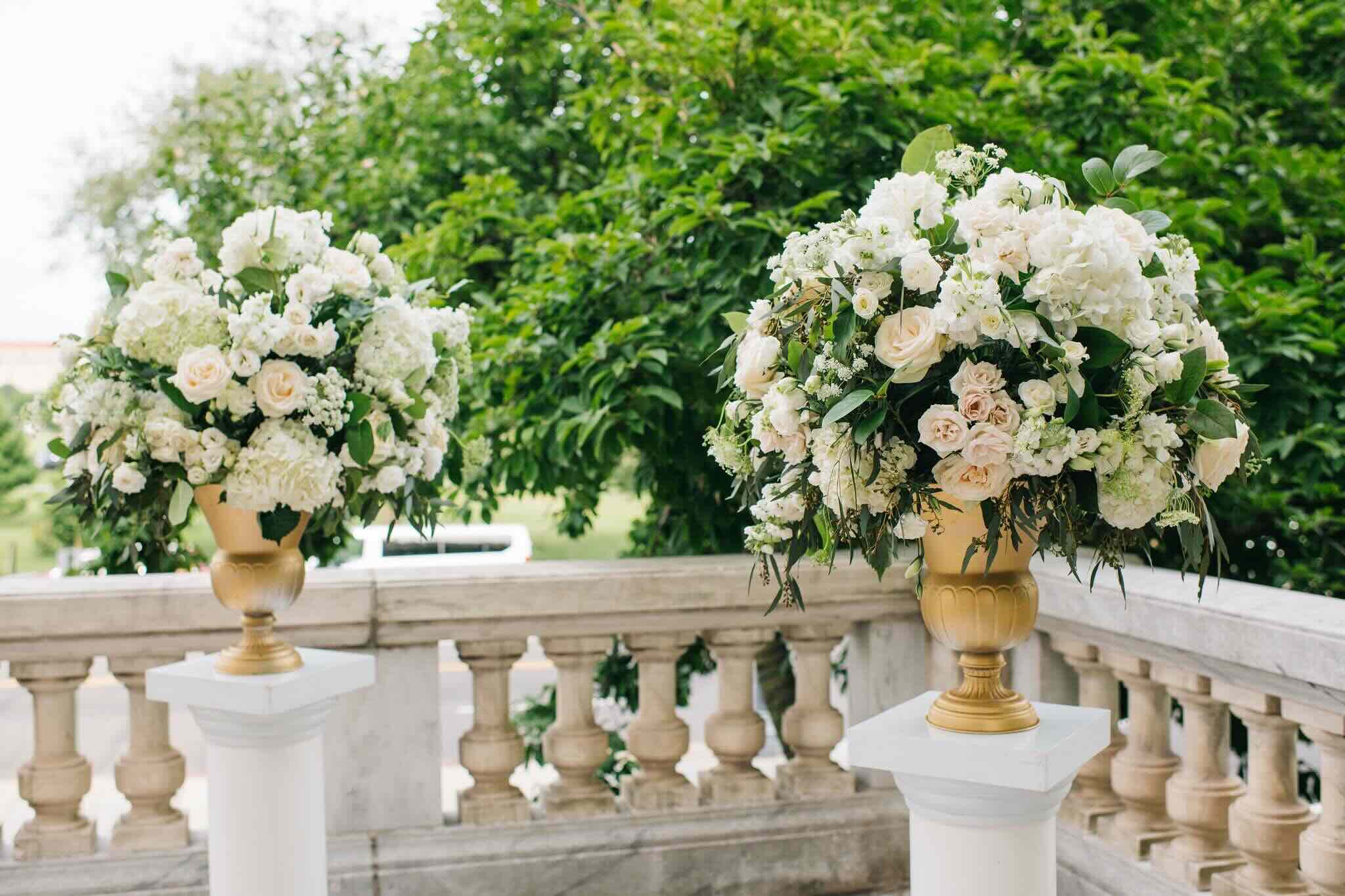
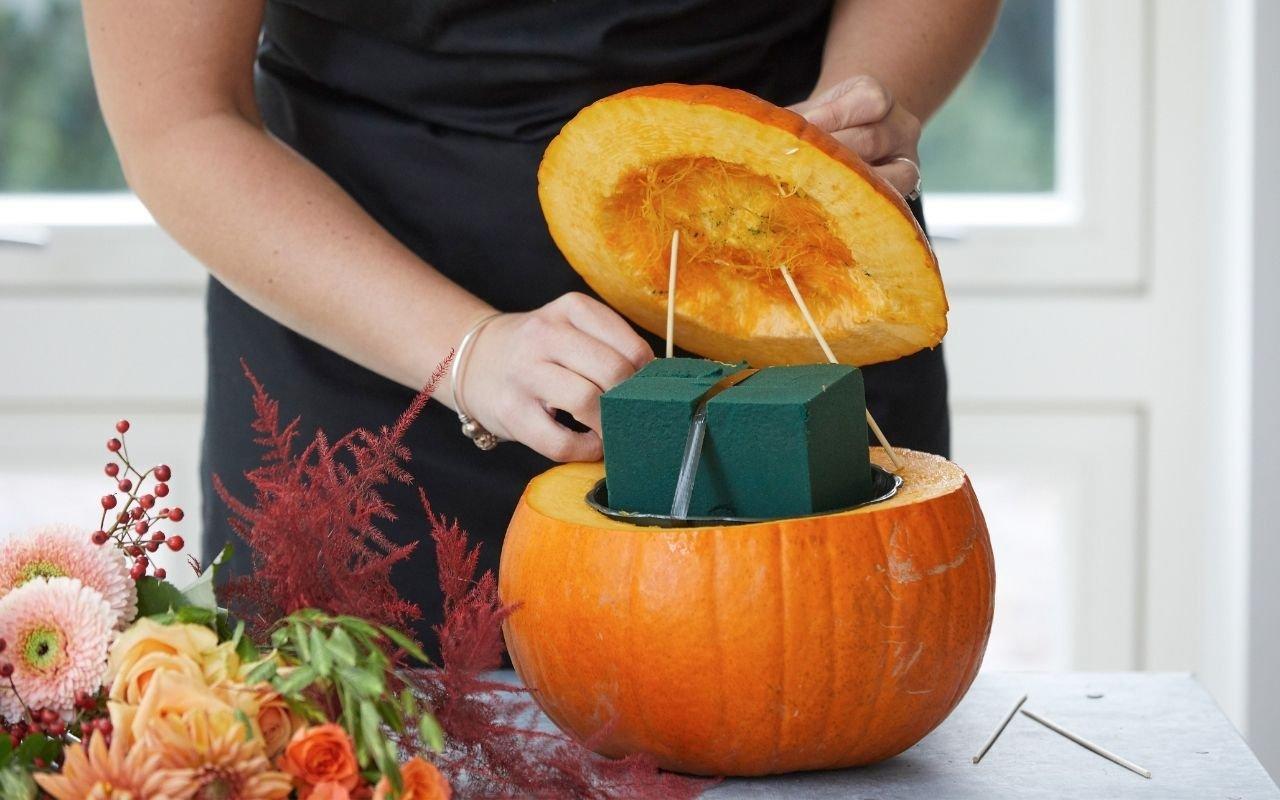
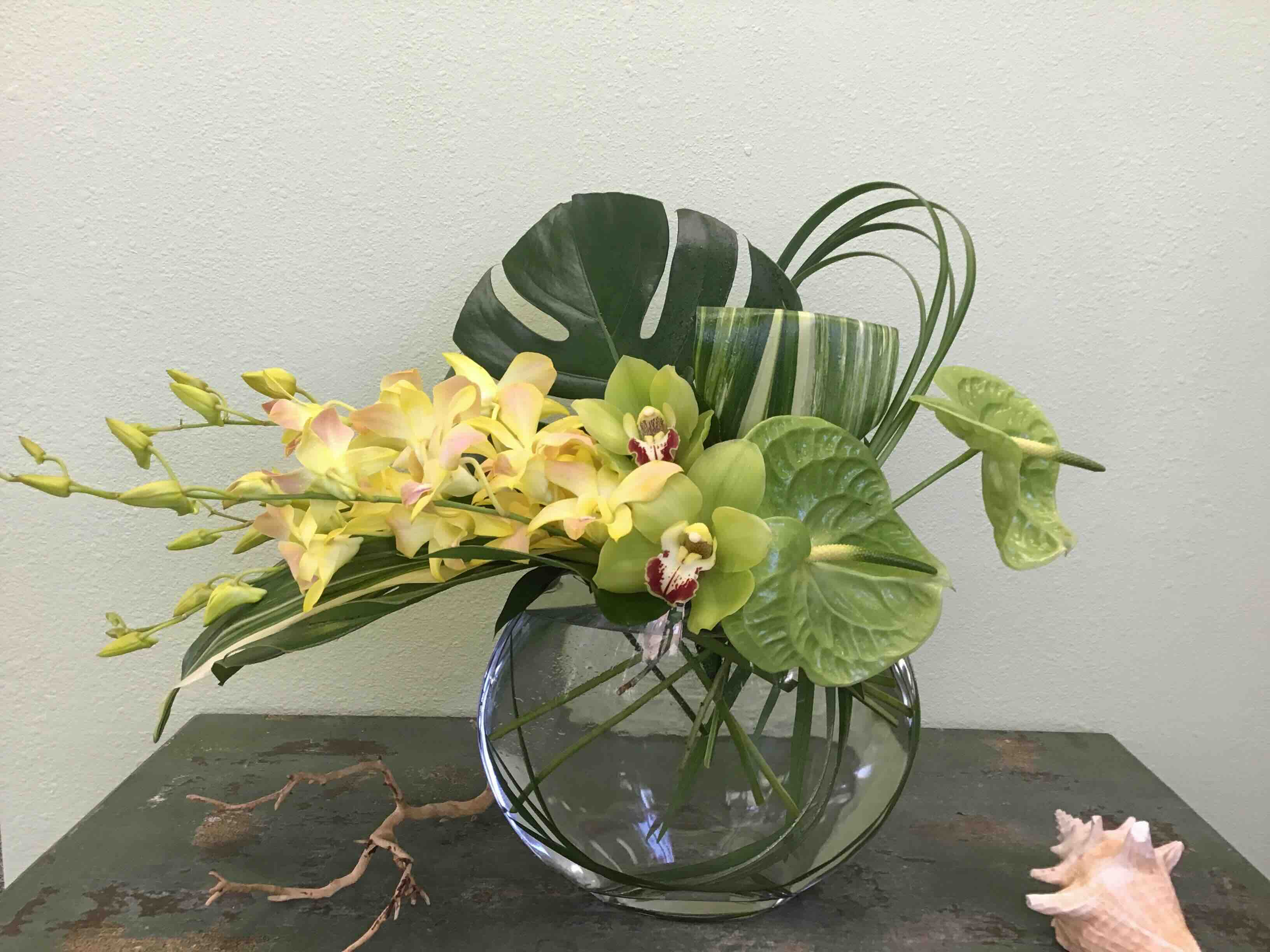
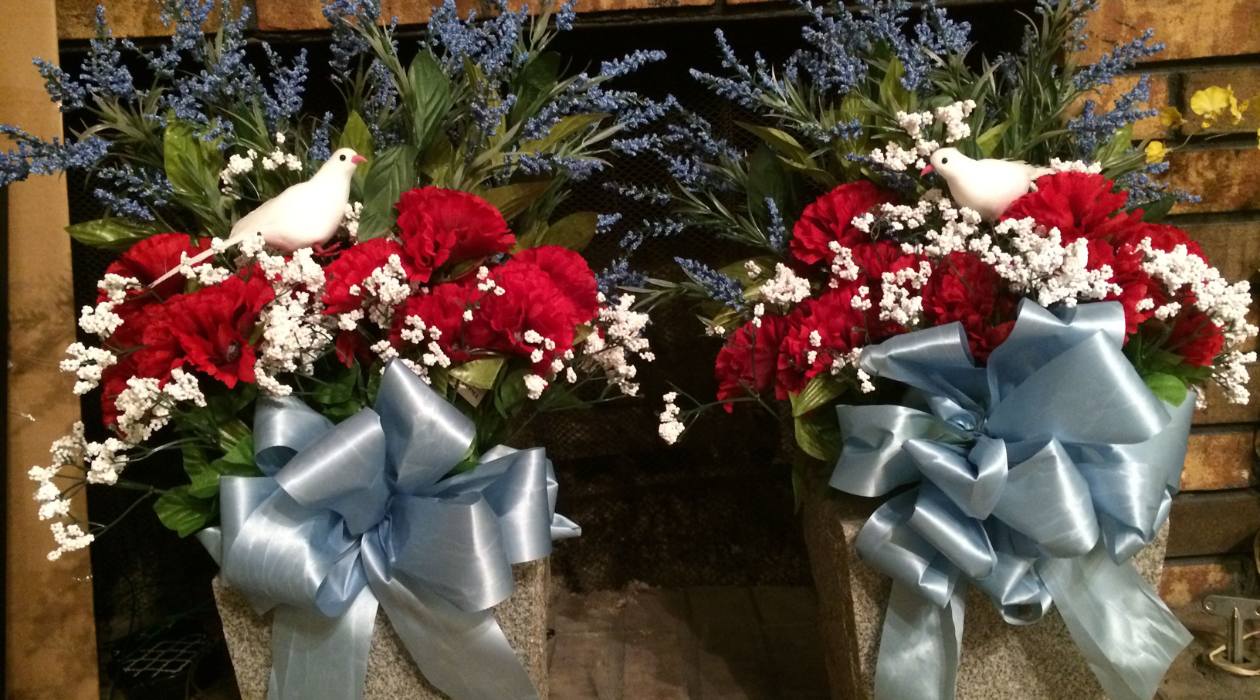
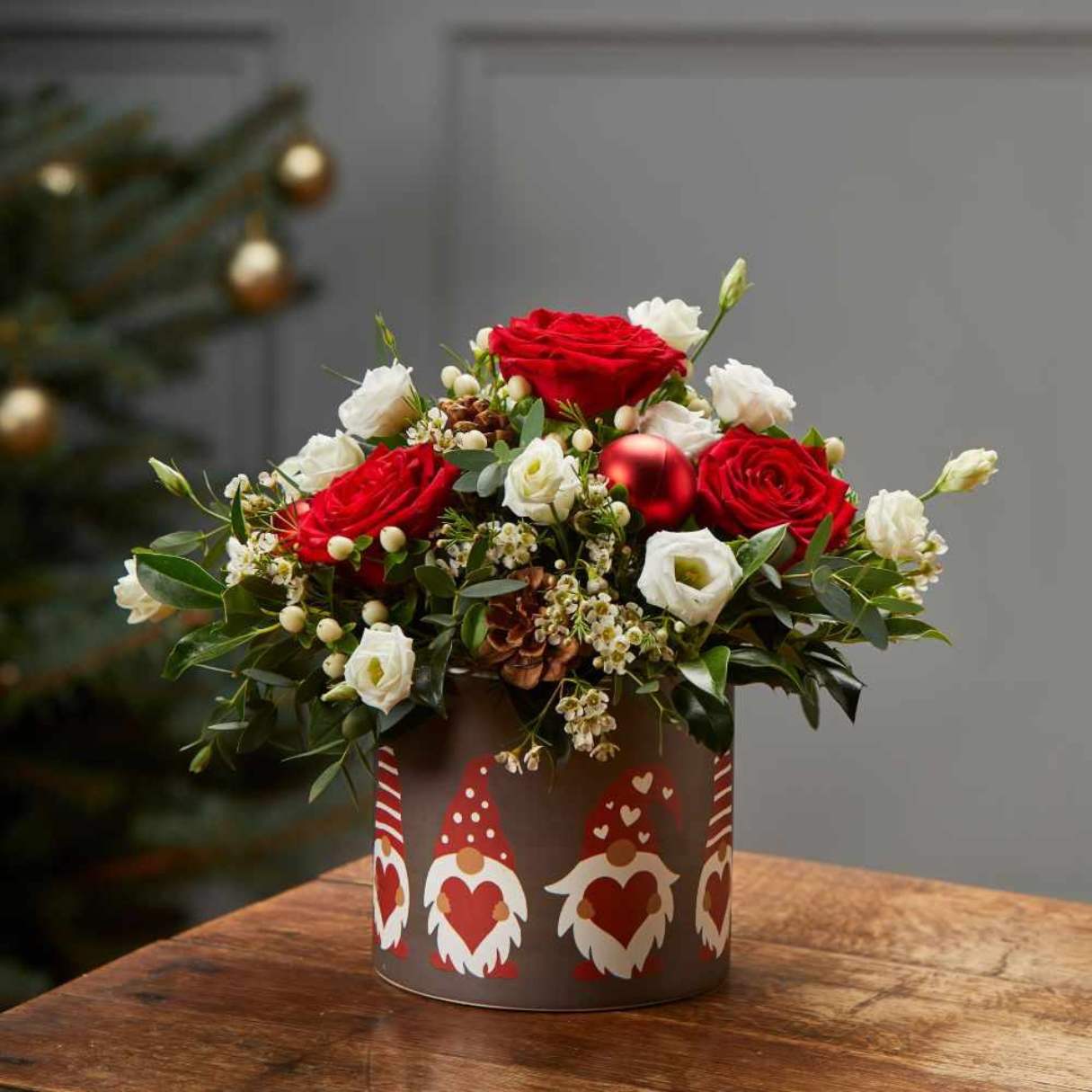
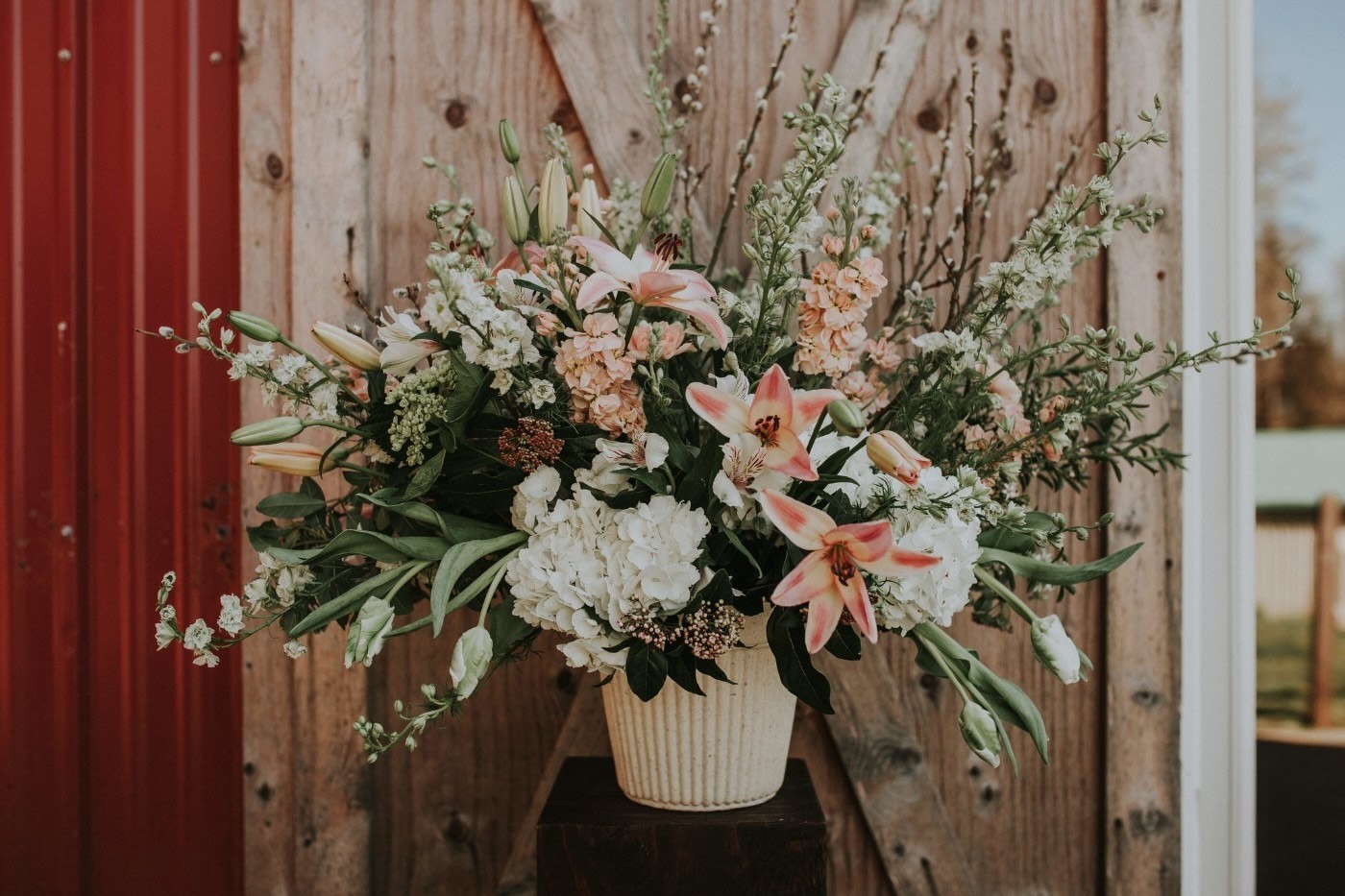
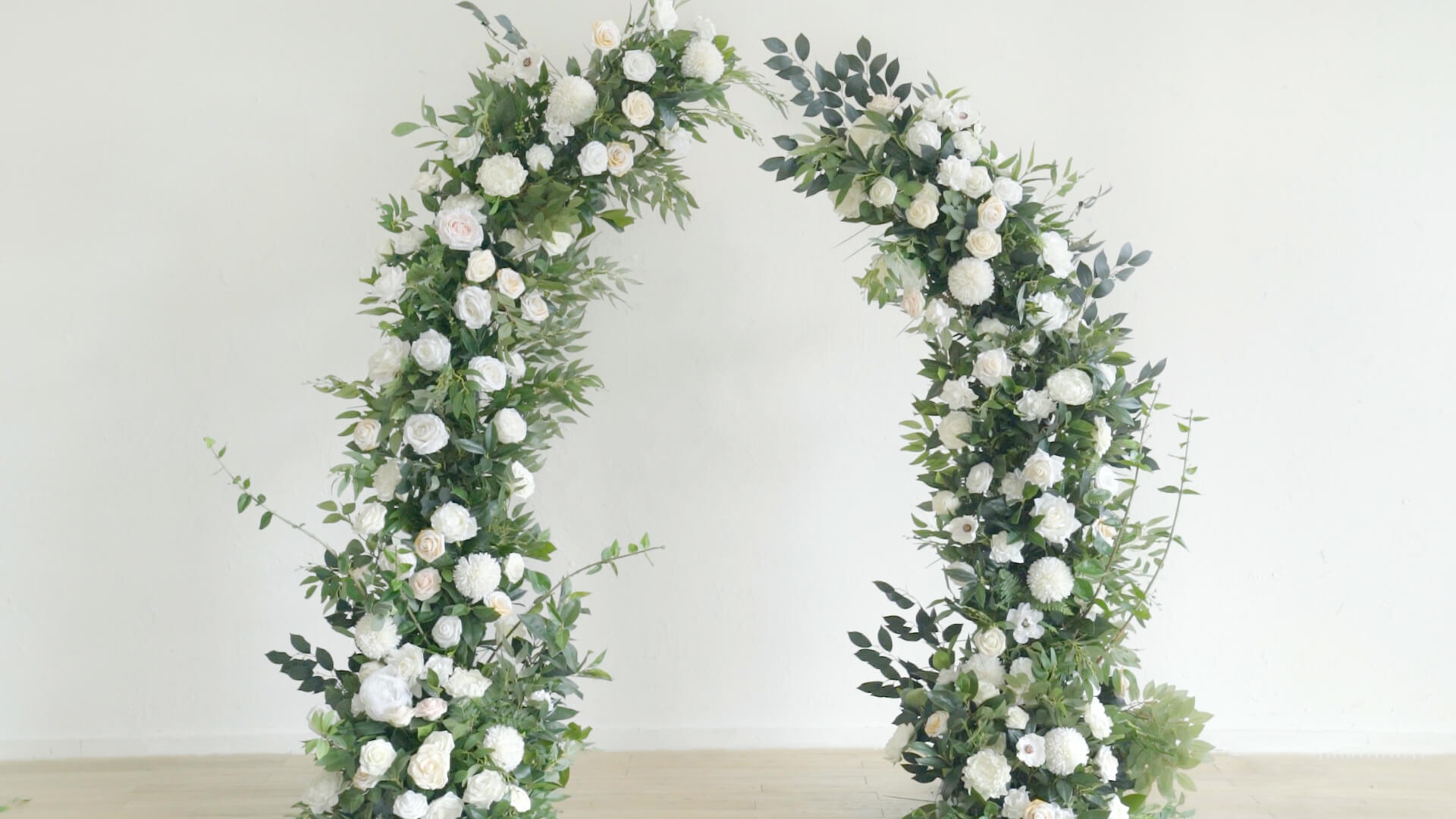
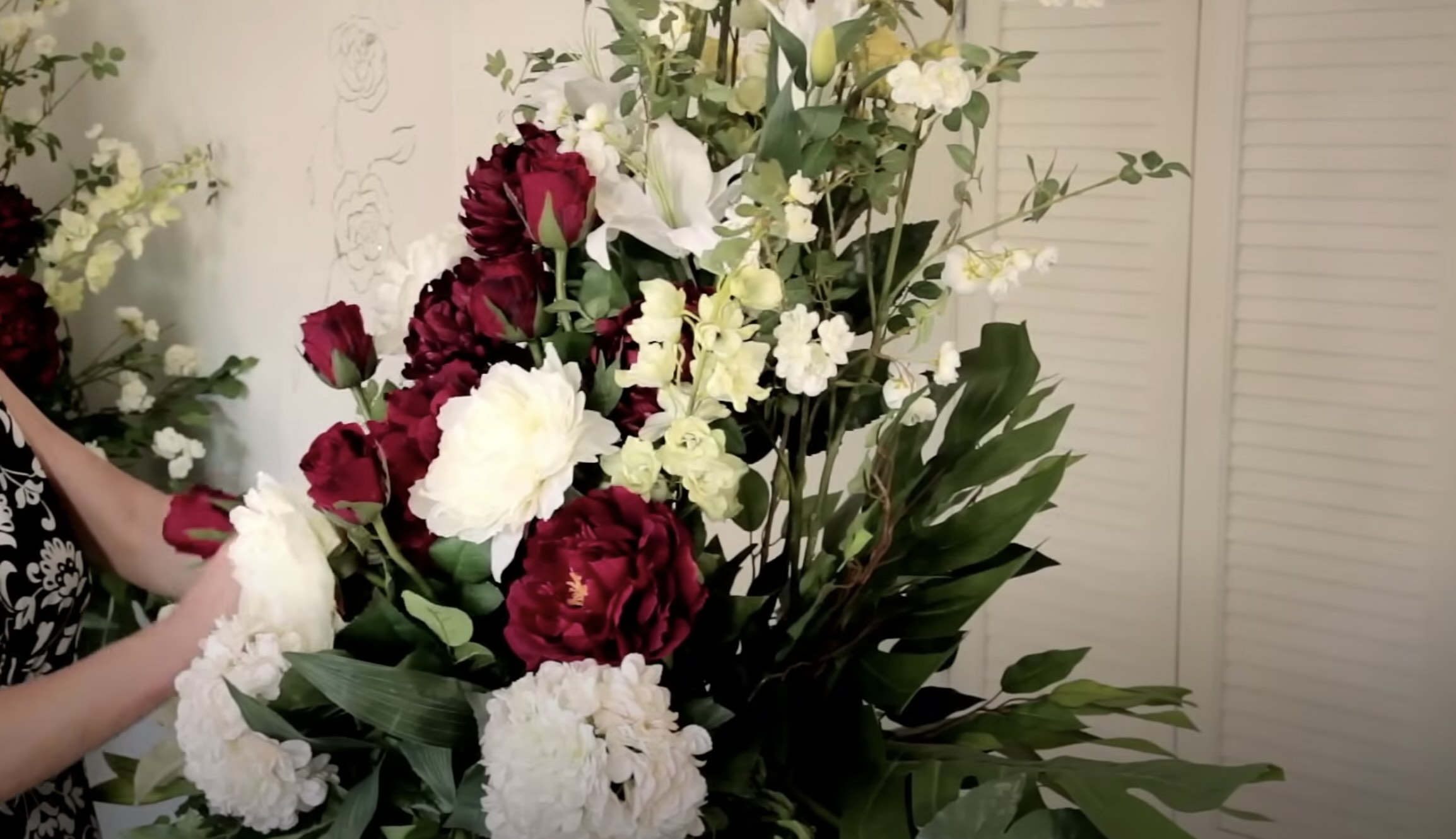
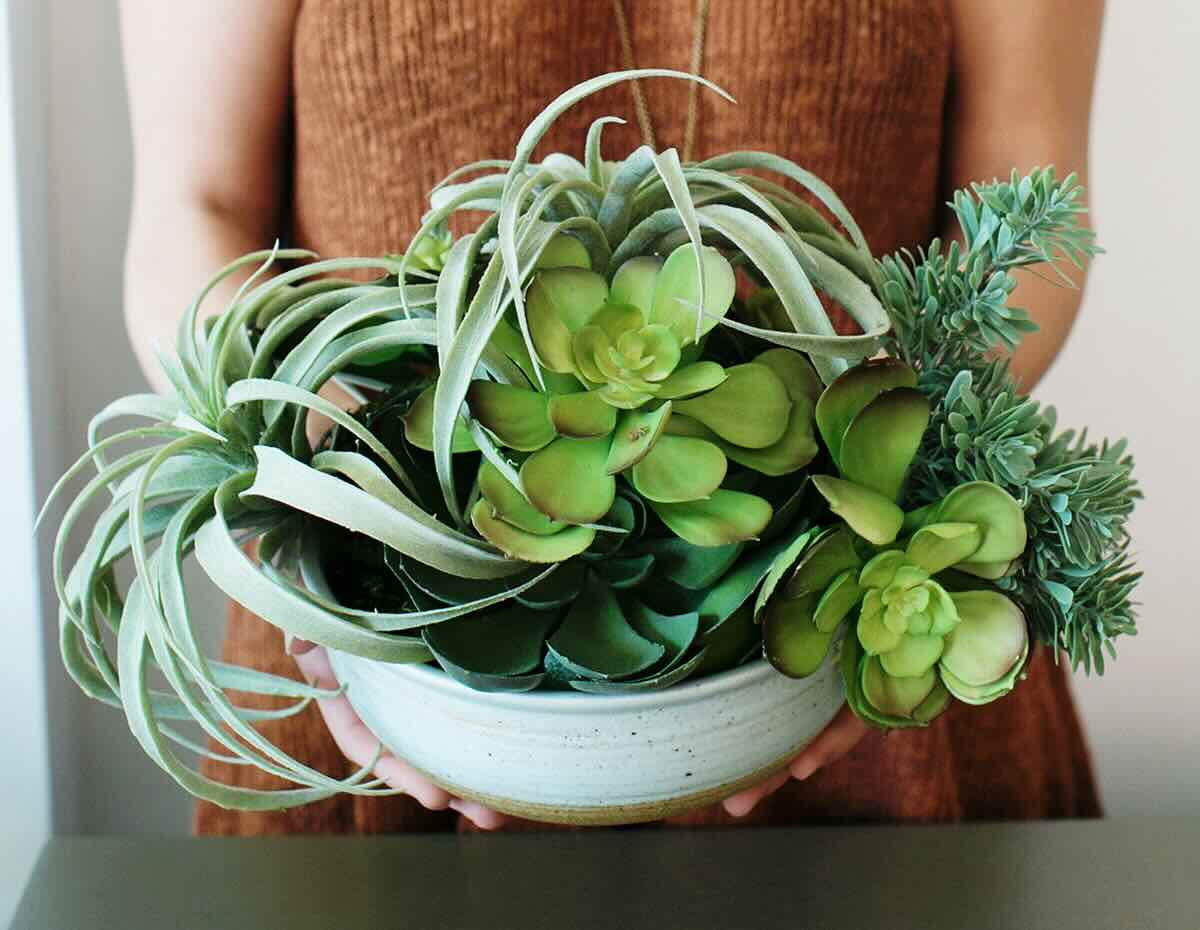
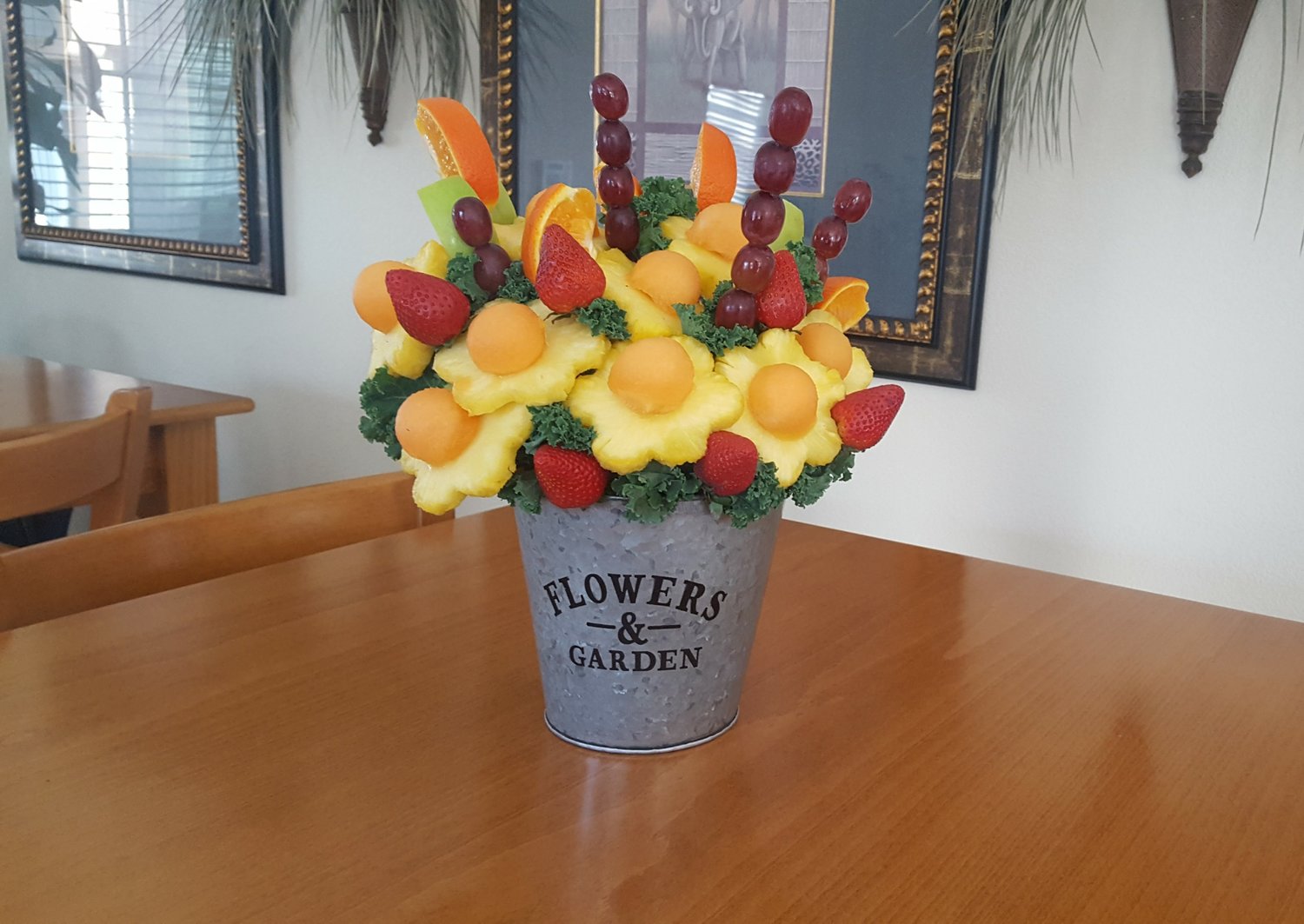
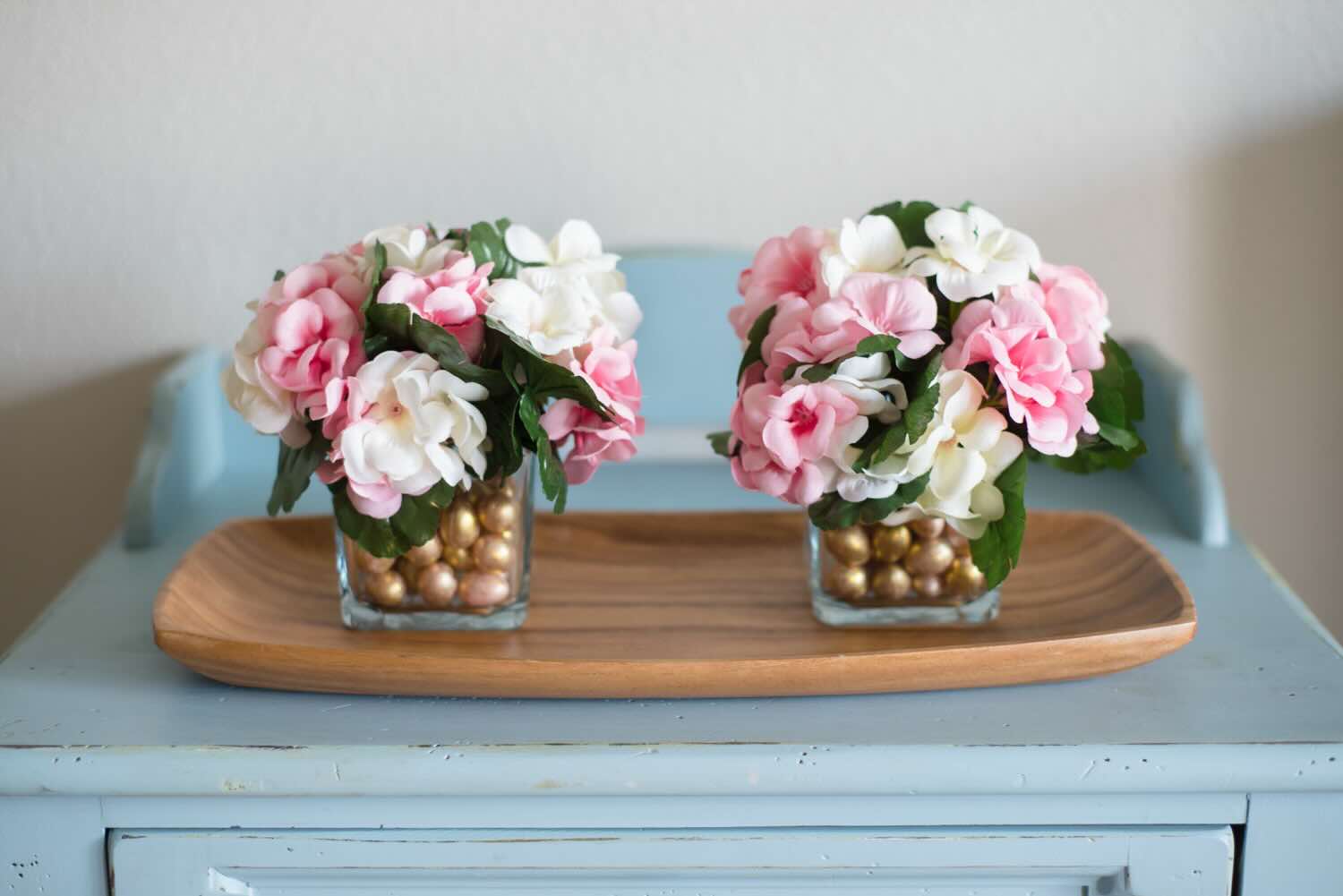
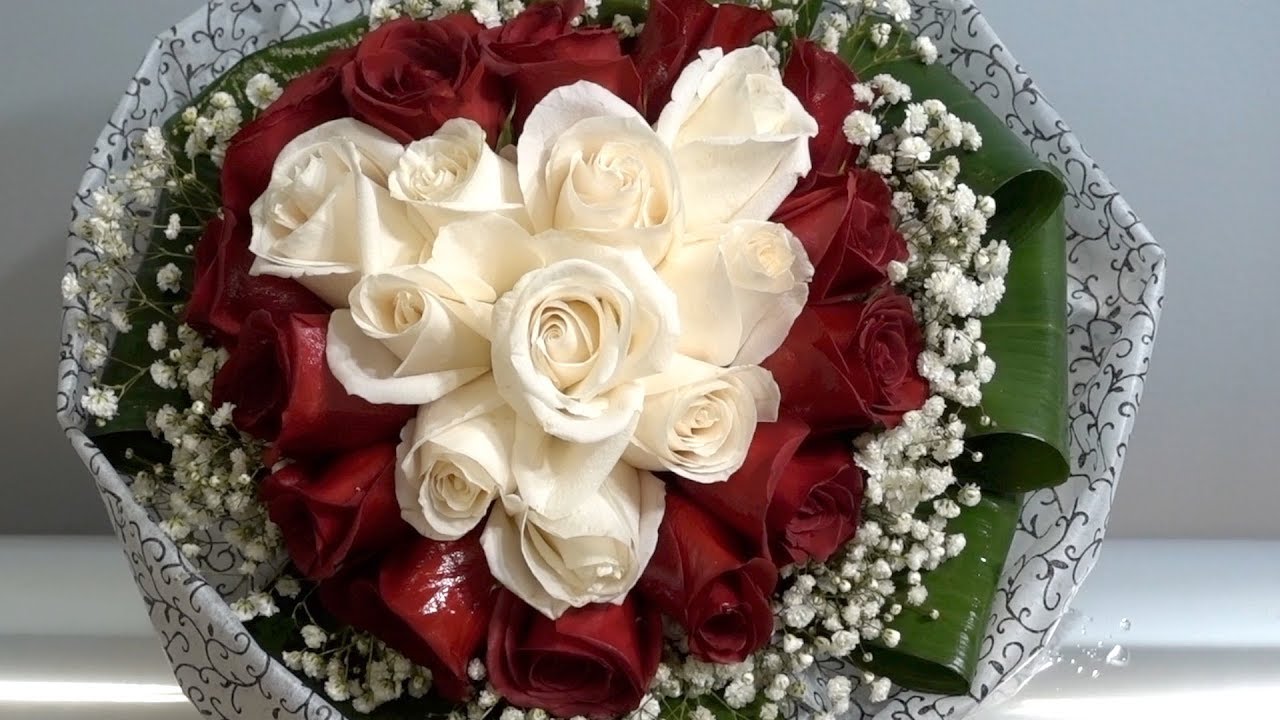
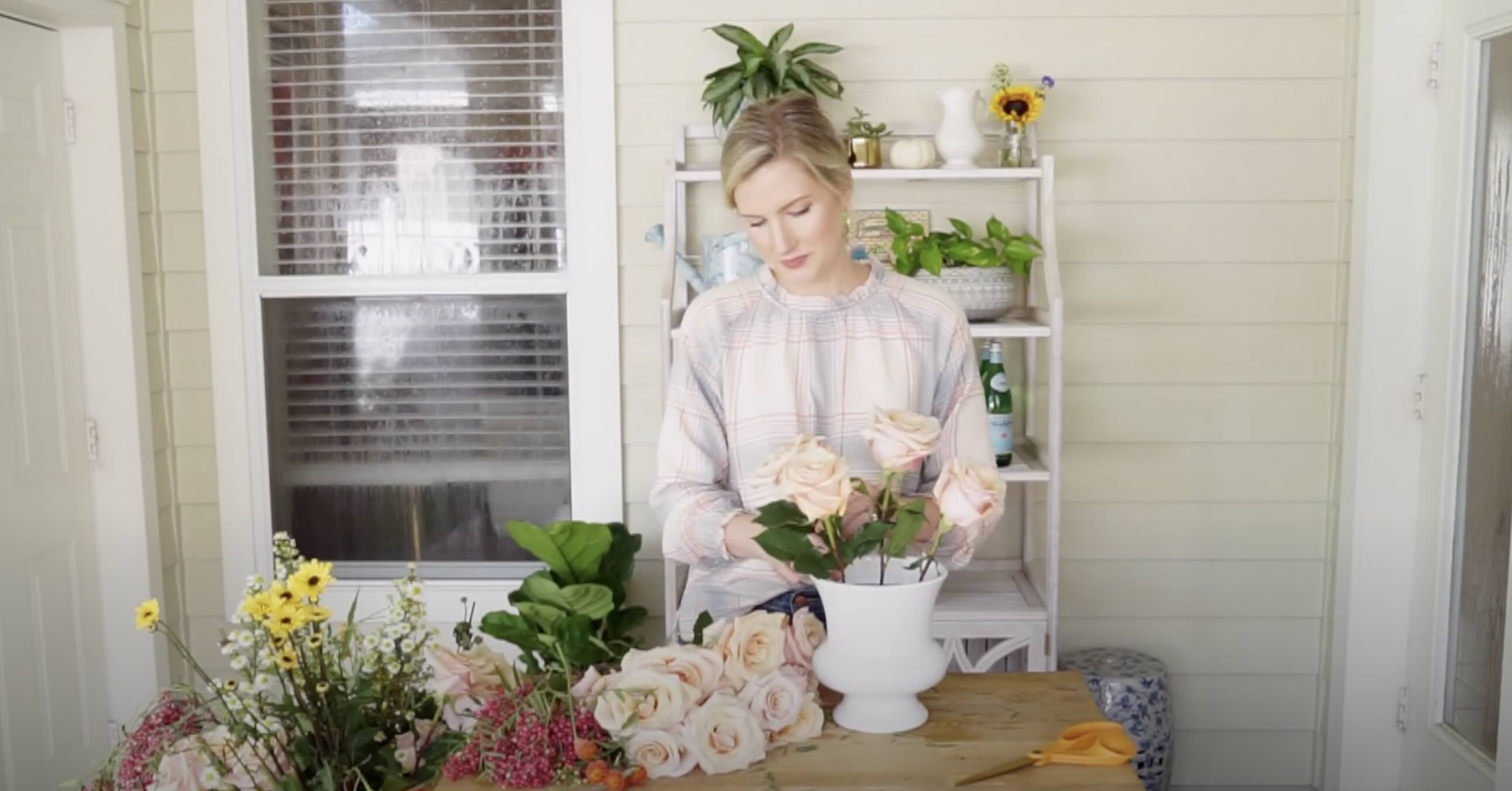

0 thoughts on “How To Make Grave Floral Arrangements”